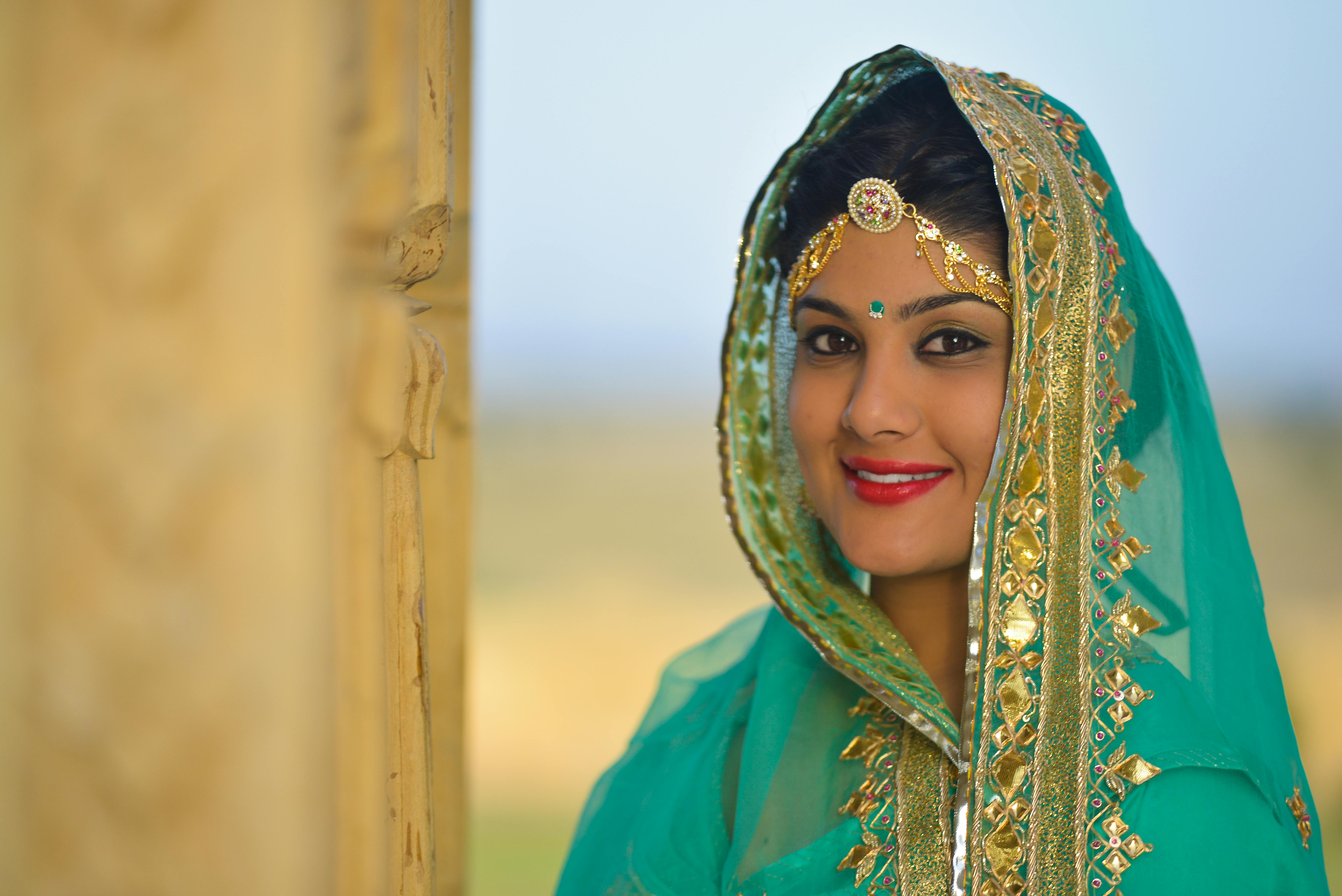What about the Kama Sutra?
Believe it or not, it is not primarily a sexual manual.
The Kama Sutra, believed to have been written during the second or third century CE by the Hindu Vedic philosopher Vatsyayana, is a guide to a virtuous life, filled with aphorisms about the nature of love and the importance of family life. It talks about finding a life partner and creating a harmonious relationship, navigating the challenges of extramarital affairs, balancing family and duty and the need to earn a living, as well as a variety of positions for sexual intercourse.
“Sutra” in Sanskrit means treatise; “Kama” refers to desire, pleasure, or sex. Thus: Treatise on desire / pleasure / sex. For Vatsyayana, however, desire / pleasure / sex has a different meaning than for us moderns, world-weary, all too familiar with commodified sex. Desire, pleasure, and sex in the Kama Sutra are contextualized, seen as part of a worldview in which men and women dance together in the arts of love and in families and in broader networks of relationships.
The target audience for the text was the wealthy city dweller in the sophisticated civilization of North India. Hanif Kureishi, reviewing a recent translation in The Guardian, wrote that the Kama Sutra is “… a sexual self-help manual for the socially naive, a way for geeks to do it with girls.” So, more than a sacred text, it is more like a compendium of advice for a young man from a wise and worldly uncle.
British explorer Sir Richard Burton first introduced the Kama Sutra to the West, in a translation that he sponsored and privately printed in 1883. This early effort, though full of inaccuracies, excited generations of readers with its seemingly exotic approach to relationships. sexual. The frankness with which the book talks about sexual issues was refreshing to those concerned with the institutionalized sexual repression of Christian cultures.
Since Burton’s time, the Kama Sutra has been used as a shortened way of referring to exotic eroticism. The sections of the book that describe sexual positions have come to represent the entire book, with numerous books (and films) published illustrating photogenic models representing these positions for our edification. It turns out that even ancient texts can be broken down and used simplistically to fuel the modern yearning for sexual fulfillment. But we moderns have it the other way around: sexual fulfillment is not obtained by abstracting the “good parts” of a wise guide to life that has the patina of age. Vatsyayana’s work places this based sexuality in the context of loving and respectful relationships with clear boundaries.
The first full modern translation of the Kama Sutra was by leading indiologist Alain Danielou, published in 1994. This fluent and literal translation of the entire Sanskrit original includes excerpts from two commentaries and helps the reader understand a great deal about the cultural context of the book. ..
In 2009, Wendy Doniger, a Hinduism scholar at the University of Chicago, published a new translation using clear, vivid, and sexually frank English. In the Introduction, Doniger, one of the world’s leading Sanskrit scholars, describes the history of the Kama Sutra and places it in the context of early Indian social theory, scientific method, and sexual ethics.
Vatsyayana summarizes his approach to the Kama Sutra in a wise postscript (Doniger translation):
Vatsyayana did this work in chastity and in the highest meditation,
For the sake of worldly life;
He did not compose it
For the sake of passion.
The man well educated and expert in this text
Pay attention to religion and power;
He does not give himself too much to passion,
And so he succeeds when he plays the role of a lover.
